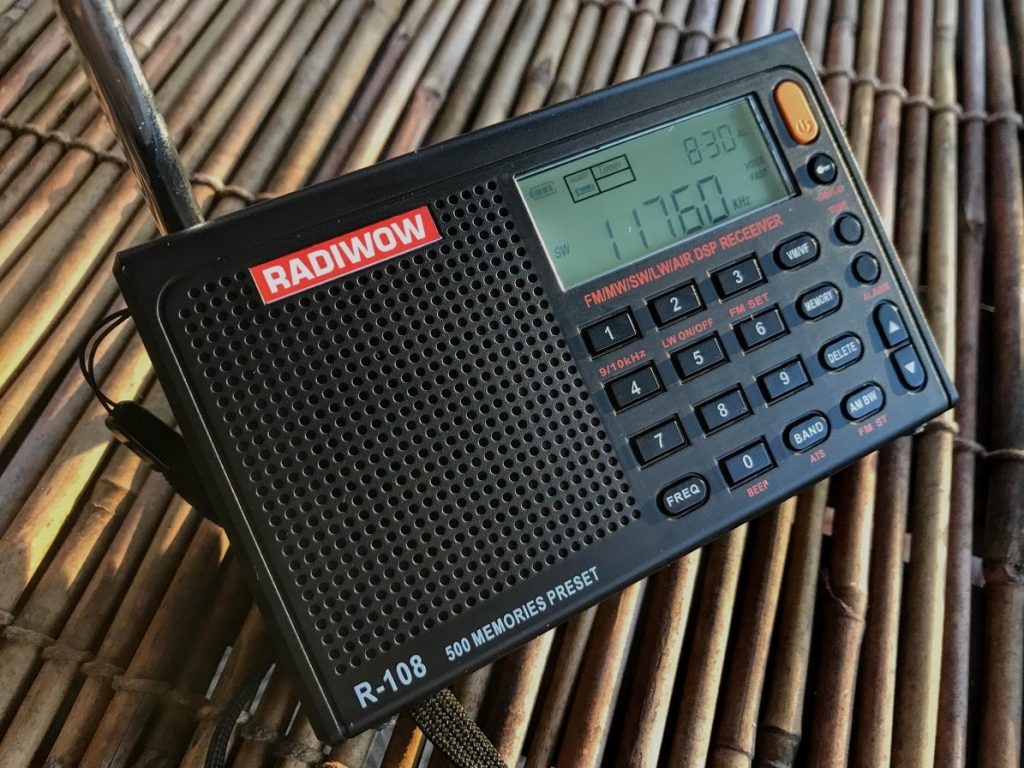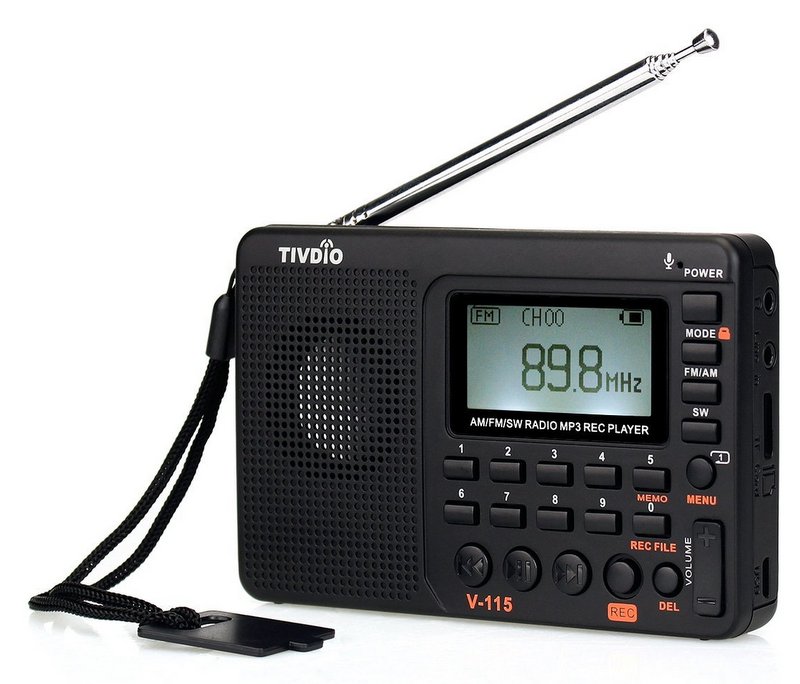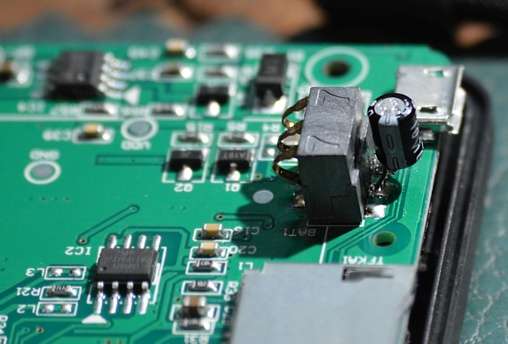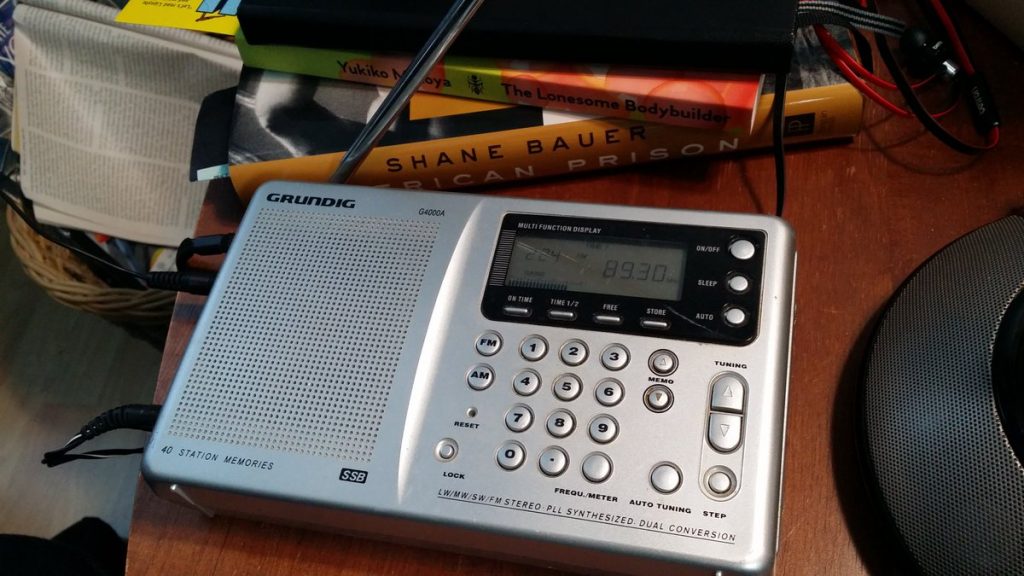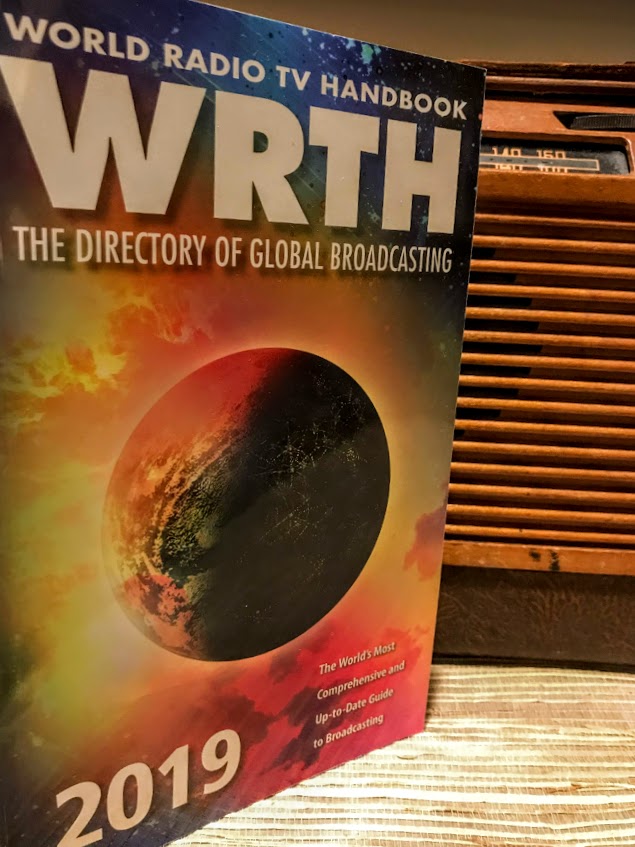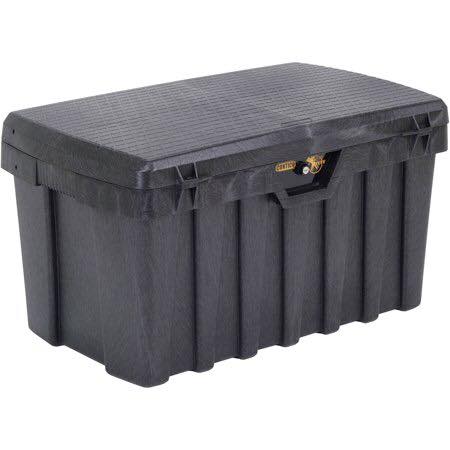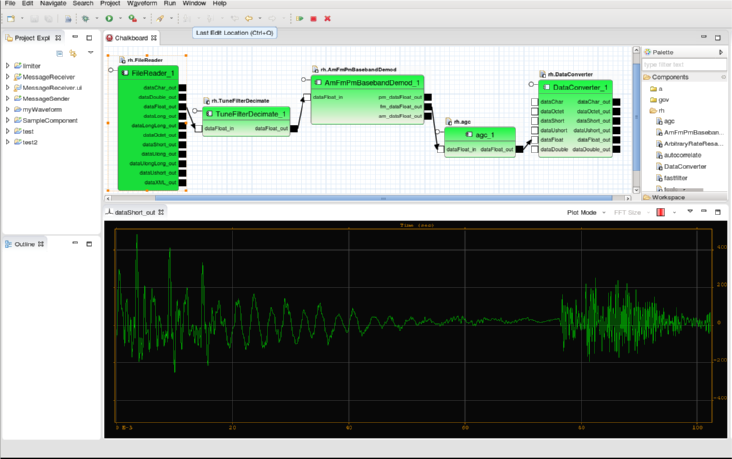Many thanks to SWLing Post contributor, The Professor, who notes that Radiwow is offering free and half-price units to consumers willing to review their R-108 receiver. All of the details are on the Radiwow R-108 product page at AliExpress.
Here’s a copy of the statement:
Dear friends
Are you still struggling to find a cost-effective radio? Now the FREE opportunity is coming!
Recently ,our store have launched a RADIWOW® R-108 Radio which has great sound quality, selectivity and sensitivity .R-108 Radio is a good world receiver with great FM Stereo/LW/SW/MW /AIR/DSP. It will start selling on January 30, 2019.You deserve it!
We are looking for 20 people from Japan, the United States, Canada, the United Kingdom, Germany, Spain, Italy, France to test and write an unbiased and honest review for our latest radio.
In addition, we need friends from Spain, Italy, France to help us translate R-108 English user manual into Spanish, Italian and French.
In all top three users who apply for the test will enjoy the radio for free, and the 3-20 will enjoy it at half price. Please indicate in the subject when contacting us: your country; product model; leave review or translate user manual.
Click here to read this statement on the Radiwow R-108 product page.
Please comment if you’ve successfully ordered a unit under this program. I’m currently evaluating the R-108 here at SWLing Post HQ.
Do you enjoy the SWLing Post?
Please consider supporting us via Patreon or our Coffee Fund!
Your support makes articles like this one possible. Thank you!

